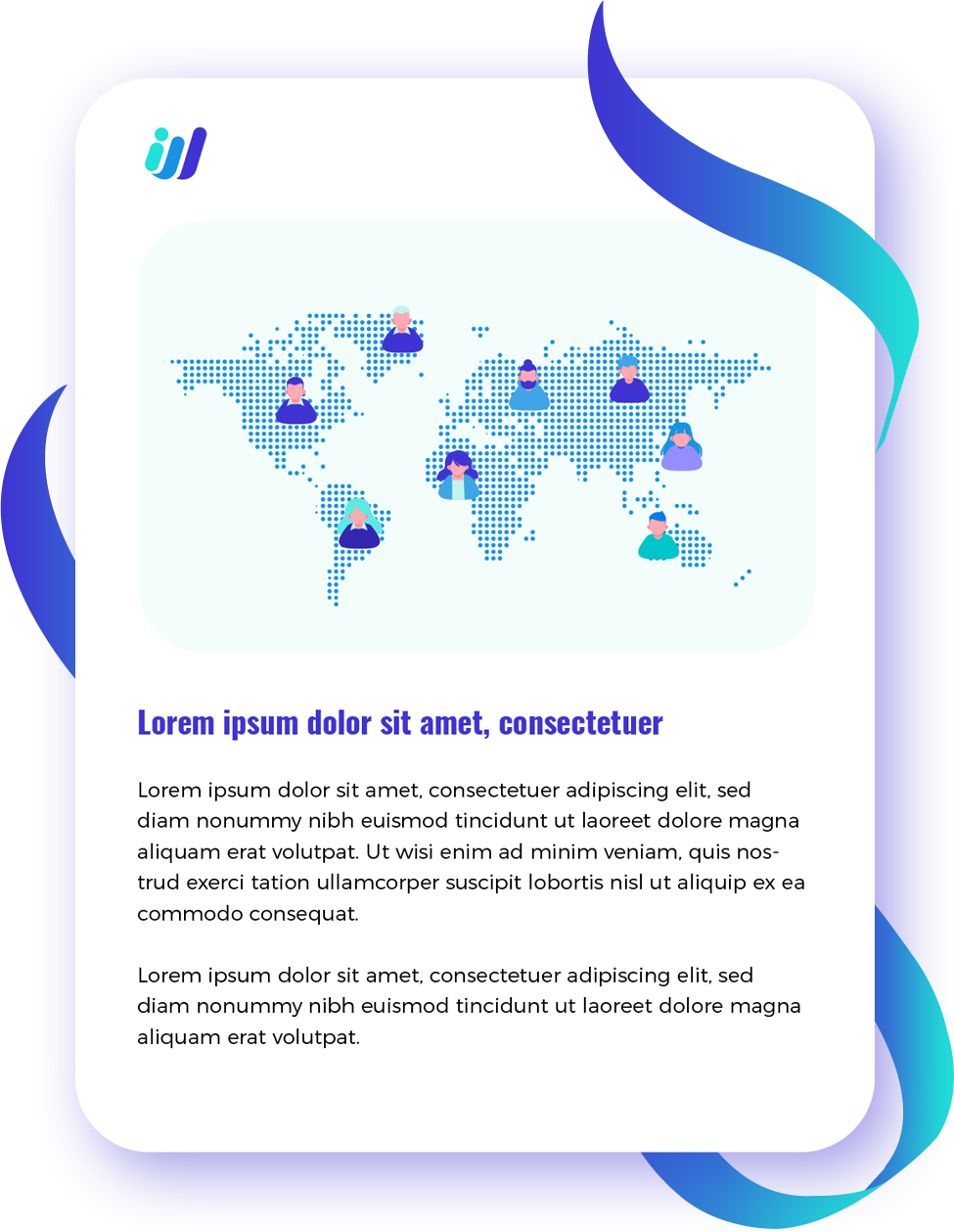With the globalization process in full speed in the post-pandemic era, the Follow-The-Sun (FTS) workflow in global software development (GSD) has interesting appeal. This service and support model increases a company’s digital presence and puts customers top of mind.
Product development can be at full speed by handing over work at the end of every day from one site to the next many time zones away thanks to distributed teams assigned on various regions, locations, or time zones. Conceptually, this has profound impact on innovation and time-to-market (TTM) of certain products and services within the corporate travel management industry, customer support sector, and businesses that function as managed service providers.
However, the challenges that come with FTS implementation result to very few documented industry successes because it is extremely difficult to implement. There are fundamental issues surrounding FTS workflow such as: cultural differences among distributed teams, hand-off efficiency, personal productivity, product architecture, time zone difference, as well as cross-site coordination and within-site coordination.
Follow-The-Sun Workflow Defined
The idea behind the ‘Follow the Sun’ model (also called 24-hour development and round-the-clock development) involves round-the-clock team collaboration, technical support, and client servicing regardless of workers’ geographical location or time zone. For global software development teams, this means turning over tasks at the end of their workday to another team who is starting their day on the other side of the world. Even after the shift of a particular team ends, this non-stop manner of getting the job done is supposedly enabling organizations to continue business operations and to attend to customer demands and queries right away at any time of the day.
Principles of FTS Model
- FTS is a global software development strategy.
- The main objective for implementation of the FTS model is the reduction in the development time or time-to-market.
- There is only one site that owns the product or service offering at any point in time regardless of the number of production sites involved.
- Distributed teams are many time zones apart, situated at various regions or geographical locations.
- Project handoffs of any software development task are done on a daily basis at the end of each shift.
Who Uses Follow-The-Sun Workflow
Using the FTS workflow has many benefits for businesses that require 24/7 support across multiple time zones for global customers, that need to stay on top of their query resolution times, or that provide all distributed teams uninterrupted access to knowledge sharing database.
Investments in an FTS workflow makes sense if companies:
- have an international and global presence
- have a costly night-shift overpay policy that is taking away too much from your business
- need to keep up with competitors with a considerable edge over them
- are receiving high number of calls, emails, inquiries, and support requests during after-office hours or past the usual closing time
- are receiving feedback from customers and clients about the need for 24/7 support
Why Follow-The-Sun Workflow is not recommended in global software development
Along with low costs, follow-the-sun workflow is another way of to make offshoring sound unique and appealing. For global software development teams, this brings more issues than benefits.
A reactive effort that has real costs
In a competitive marketplace, business owners and project managers may implement rapid development due to many reasons including pressure from investors or desire to please customers. But this well-meaning sense of urgency to reduce project duration are reactive – utilizing overtime hours, skipping key steps, setting aggressive deadlines, or compelling personnel and staff to work faster – which can have serious consequences due to worker fatigue or burnout. Rather than reactive tactics, proper time-to-market reduction requires a deliberate design around the objective of speed that is based on high awareness of achieving this goal within the global software development team.
Lack of proper handoff coordination
The frenetic pace of software development will tend to pull apart globally distributed teams due to loss of geographic dispersion, communication richness, coordination breakdown, and cultural differences. This is more evident when handing off work-in-progress (unfinished objects); without synchronous interaction, the receiving production site will be left confused. If they wait for further clarification from the previous production site, an entire day will be wasted. If they proceed with the task, this may risk repeating the task due to wrong assumptions or misunderstanding.
Agile Development Model: Excellent Alternative to FTS Adoption
In an Agile based methodology, all major development activities (design, code, test and integrate) are carried out in every iteration cycle. There is constant emphasis on continuous integration (using automation) to encourage every team to maintain an updated and testable version of the code which can be used by the next production site. All of these characteristics of Agile development model supports FTS adoption.
Source the Best Talents for your FTS Adoption
Attract and retain top talents for your remote team or distributed team by harnessing the power of third wave outsourcing. Access the latest trends and relevant insights at Third Wave Outsourcing so you can provide seamless, robust, and personal global and international service offerings to your target audience.



